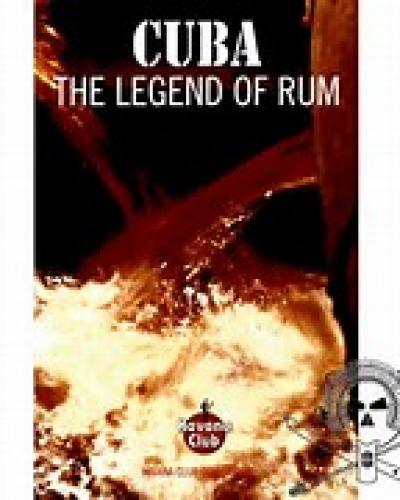Since the Cuban Revolution of 1959 probably more books have been written about Cuba , its culture and society than about any other country in the world. In this new segment on Arts Roundup we are going to suggest one or two titles each week that, in our opinion, are essential reading for anybody interested in an in-depth understanding of Cuban culture. Our selections will generally be English language titles that are available in major public libraries and that are often on sale through on-line entities.
A fun place to start is with the interesting role that Rum has played in Cuba’s history and its economy. There are lots of books, like C.W. Taussig’s classic, Rum, Romance and Rebellion, published in 1928 and a little difficult to find. Much easier, but focused on the Bacardi label, is Peter Foster’s, The Bacardi Saga. Best book for our money is Ian Williams’, Rum, A Social and Sociable History, published in 2006. Here are some quotes:
In the 18th century Cuba became the rum producer for neighboring Spanish realms, exporting to Cartagena, New Orleans, Florida, and the Yucatan. But it did not export to the thirteen colonies or, later, the United States, since the American colonists thought that the quality was abysmal.
However, the difficulties of maintaining relations with the former British islands after independence had left the Americans gasping for mol'asses, and Cuba filled the gap. In 1790, Cuba exported to the United States a pjuny 2 hundred 50 thousand gallons of molasses and some 1hundred thousand gallons of rum; by 18 hundred, exports to the United States were 2 million gallons of molasses and 1.2 million gallons of rum respectively.
By 1827 Cuba had over three hundred distilleries hissing and bubbling away, and by 1860, there were over one thousand. The early Cuban rum-makers relied upon the primitive French guildives or alembics, possibly imported from Saint-Domingue by fleeing refugees, and the product was not too good. With the example of Jamaican rum close at hand, Cubans knew that it could be better, and they experimented. Fernando de Arritola produced a swan-neck still with coils that represented a big step forward. But they were still missing out on something. They knew that foreign rums were aged, but did not appreciate the effect of the wooden barrels. One enterprising innovator, Pedro Diago, tried burying rum in pottery jars in the ground. It did not work.
In the nineteenth century, The Spanish Crown had offered a prize for the creation of a rum that would be "more delicate, lighter, and able to satisfy the taste of the elite of the Empire.
Cuba responded, but that didn´t stop renowned distilling dynasties from supporting Cuban rebels against Spain. Rum has always tended to favor and flavor rebellion.
The author, once again, Ian Williams, and the book, Rum, A Social and Sociable History.


